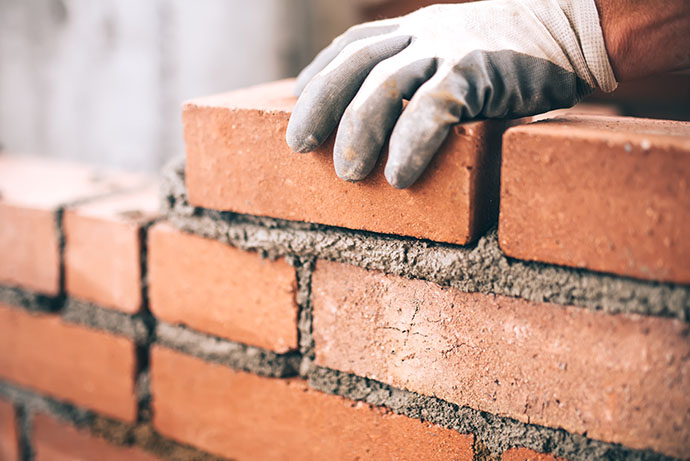Brick is an important, integral building material; this material has been used for thousands of years. Bricks are durable, and its high compression is what makes it ideal for constructions. Interestingly, Galloway Civil Engineers makes use of them in their project. It is also a structural element used in different projects like floors, buildings, bridges, archways, patios, and many more. Bricks also have their aesthetic appeal that makes it favorable when carrying out architectural projects. They vary in tensile strength, too.
However, different types of bricks are categorized based on the material used in their formulation. Below are some of the common ones; let’s take a look:
Burnt Clay Brick
Most bricks are manufactured using clay as its material, and burnt clay brick is one of them. This brick is formulated from either molded clay, dry-pressed clay, or extruded clay that is then dreds and fired in a kiln. Galloway civil engineers use all sorts of bricks in their construction projects, including the burnt clay brick; this brick comes in different classes and is graded according to their appearance, strength, and porosity.
Fly Ash Brick
This type of brick is made from fly ash and clay, which is fired at a very high temperature. Fly ash is basically a glassy particulate that gathers when pulverized coal is burnt in electrical power generation buildings. When fly ash is added to clay, it results in a brick with a higher concentration of calcium oxide and a lower porosity level. Flash ash bricks are also self-cementing with a higher density level.
Fire Bricks
This is another type of brick formulated from fire clay, which has a high melting temperature. These kinds of bricks are usually designed to withstand high temperatures and survive different temperature changes; Galloway civil engineers use this kind of brick in furnaces, boilers, chimneys, fireplaces, and many other building projects.
Sand Lime Bricks
This is a kind of brick manufactured from a mixture of sand, lime, and water. A pigment is often added to give the brick different colors as the standard color it produces is usually a grey-white color. These bricks are chemically set up, and the curing process is carried out using heat and pressure through an autoclave. The sand-lime brick gives off a smooth finishing when used; this allows for less plastering when used on visible surfaces.
Concrete Bricks
Another common type of bricks is concrete bricks, made from a mixture of cement, aggregate, and water. This type of brick is formulated by pouring cement into a mold to create a uniformly-seized brick. This mold can be designed in different ways to create bricks that are ideal for the architectural detail and the aesthetics required for the project. The finishing products usually look like natural stones, and pigment can be added for different colors.




